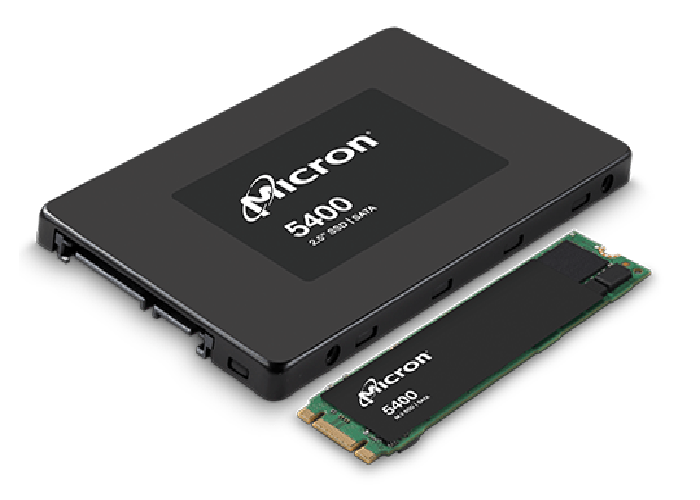SSD
What Is An SSD?
Before we get too deep into it, let’s go over what an SSD is, to begin with.
Laying down the basics now will make it easier to elaborate on what makes specific SSDs more or less special later on.
irst,SSD stands for Solid State Drive. This is in comparison to a traditional HDD, or Hard Disk Drive.

A solid-state drive (SSD) is a semiconductor-based storage device, which typically uses NAND flash memory to save persistent data. Each NAND flash memory chip consists of an array of blocks, also known as a grid, and within each block, there is an array of memory cells, known as pages or sectors. The number of bits stored in each cell can vary, and they are typically categorized as either single-bit cells (i.e. “Single Level Cells” or “SLC”), 2- and 3-bit cells (i.e. “Multi-Level Cells/MLC” and “Triple-Level Cells/TLC”), or quad-bit cells (“QLC”). Each cell type also has its strengths and weaknesses. While SLCs are known for its reliability, high speeds and prices, QLCs have the advantage of being more affordable. Each grid can store between 256KB and 4MB. The central processing unit (CPU) acts as the controller for any reading or writing jobs to memory. Their size and low power requirements make them ideal for laptops, tablets, and smartphones.
SSDs try to mimic HDDs through the use of nonvolatile solid-state memory, but they are much faster than the traditional hard drive or floppy disk. HDDs have an inherent latency and access time caused by mechanical delays in the spinning of the platter and movement of the read/write head. Since SSDs have no moving parts, latency and time to access and store data is greatly reduced.
According to Gartner (link resides outside ibm.com), solid-state drives are emerging as the go-to storage platform to support structured data workloads, which is fueled by innovation around NAND flash and storage class memory (SCM) technology. They expect that by 2025 over 40% of all on-premises IT storage administration and support activities will be replaced by managed storage as a service, which is up from less than 5% in 2021.

